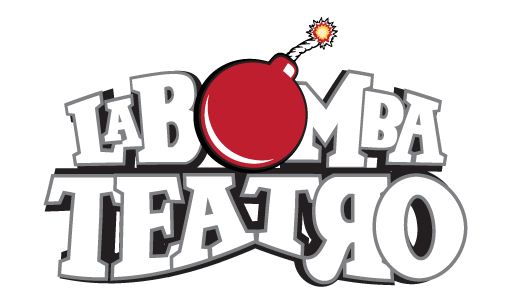Collective agreements in professional sports govern a wide range of employment conditions, including entry draft for players, free agency restrictions, minimum and maximum wages, salary caps and luxury taxes, revenue sharing, roster size, player discipline, drug testing, training times, length of season, travel expenses, benefits and countless other issues that affect players and owners. All of these terms (p. 213) are the product of collective bargaining between players and owners, and the development of collective bargaining in the “Big Four” professional sports leagues has followed a similar arc. In the early days of each of the players` associations, players fought for basic economic rights, including pensions, health benefits, minimum wages and easier travel between teams. As players gained rights and influence, the battlefield shifted to the percentage of revenue generated by the league and salary caps and other limits on players` salaries. This shift in the dynamics of union action – from players` strikes to employer lockouts – is a microcosm of the transformation of industrial relations in traditional and non-sporting contexts, characterized by the development of lockouts from a defensive shield to an offensive weapon sanctioned for employers. Despite the similar arc of labour relations in the sports and non-sports industries, there are unique aspects of collective bargaining in professional sports that could change the balance of power between players and owners. The following section discusses the unique aspects of labour relations in professional sport. On the surface, the labor dispute between players and owners is reminiscent of times of strikes and lockouts in other industries.
Beneath the surface, however, the conflict between antitrust and labour law represents a unique battleground for union negotiations (p. 214) in professional sport. While there are many differences between collective bargaining in professional sports leagues and other non-sports industries, this section focuses on two important distinctions. This chapter examines the complex process of collective bargaining in professional sports leagues. Collective bargaining between actors and owners represents unique conflicts between labour law and antitrust law. Resolving these conflicts will have a significant impact on the future of collective bargaining between actors and owners. This chapter provides a brief overview of relevant principles of labor law, briefly traces the history of collective bargaining in professional sports, identifies and analyzes the conflict between labor law and antitrust law, examines recent disputes in NBA and NFL union negotiations, and looks forward to future negotiations between players and owners. The professional sports league`s flagship case in developing the non-statutory work exemption was Mackey v.
NFL, where the Eighth Circuit noted that the exception protects the terms of a collective agreement from antitrust attacks. In the Mackey case, NFL players challenged a rule in the collective bargaining agreement (known as the “Rozelle Rule”) that severely restricted free agency. The Eighth Circuit recognized that employers (e.B. Team Owners) would have only limited incentive to negotiate a collective agreement if the agreement itself could expose them to triple harm under antitrust law. The Eighth Circuit therefore concluded that the Rozelle Rule was safe from antitrust attacks. This case resulted in a three-factor analysis known as the “Mackey test” to help the courts determine whether the non-legal exception should apply. According to the Mackey test, the terms of a collective agreement are exempt from antitrust law as long as three factors are met: (1) The terms of the contract were primarily for the parties to the collective bargaining relationship; (2) the clauses were mandatory (p. 218) that were the subject of negotiations; and (3) the agreement was the result of negotiations in good faith. In such cases, antitrust policy must give way to federal labour policy, and the collective agreement is exempt from antitrust review. Logically, it would be difficult, if not impossible, to require groups of employers and employees to negotiate among themselves, while prohibiting them from entering into restrictive agreements among themselves or with each other such restrictive agreements as may be necessary for the proper functioning of the process or for the acceptance of its results by both parties. .
